De-influencing pantry restocks – 5 zero-waste tricks from an ex-over-organizer
I managed to de-influence myself after years of trying to over-organize my pantry – this is how
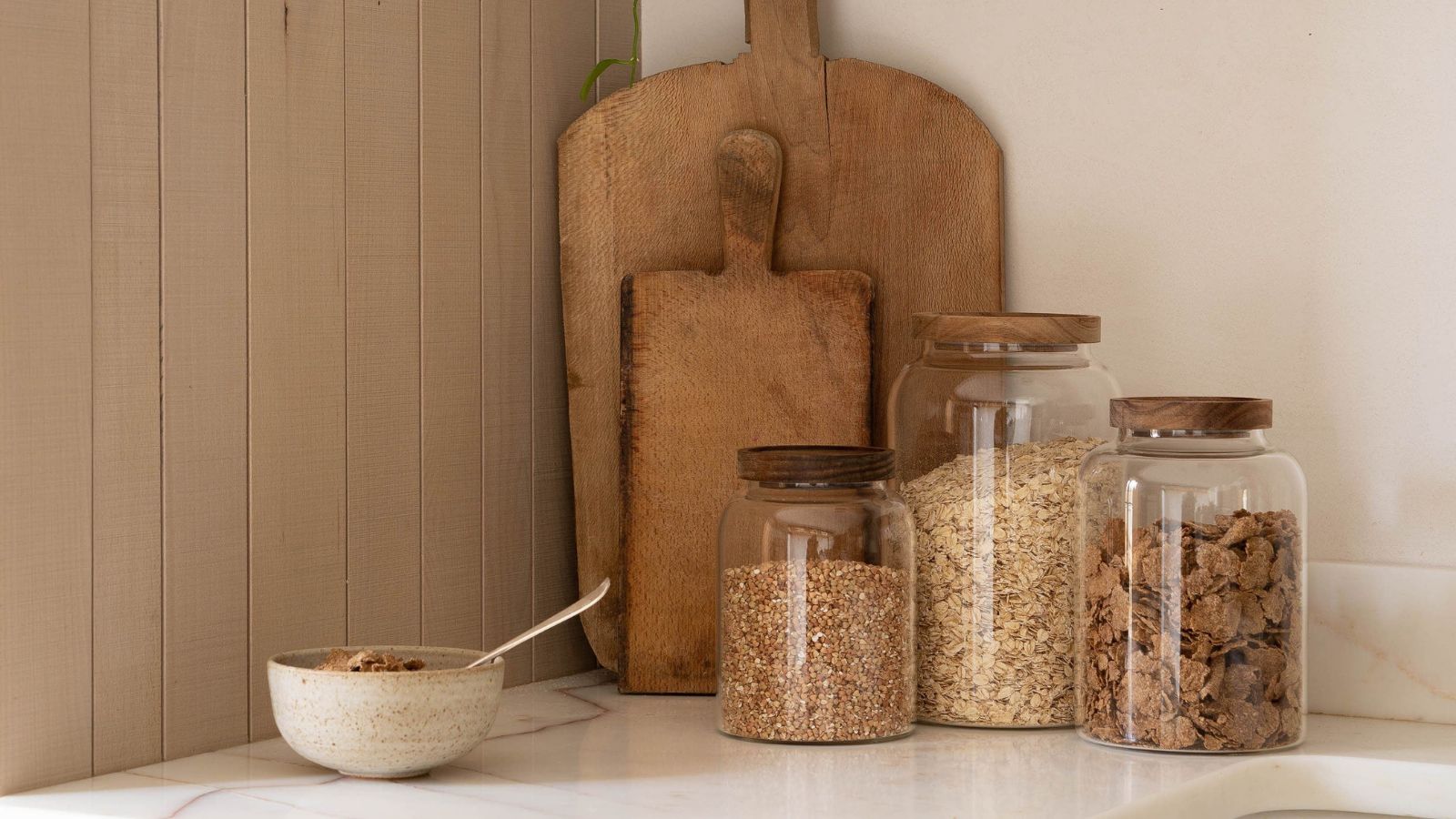

I must admit, I find the pantry restocking videos all over social media incredibly satisfying. Filling uniform jars with dried food goods and decanting packets of food into neat boxes scratches something in my brain.
That being said, this craze is an incredibly wasteful way of organizing a pantry. From emptying plastic bags and trashing them immediately to overspending on unnecessary amounts of plastic organizers, there is no denying that the craze perpetuates mass consumerism, often with very little practical payoff.
After years of forcing myself to keep up with the pantry organizing trends, I wanted to find a way to have the same satisfying home organization method without the waste that came with bulk buying and over-organizing. Here's how I started de-influencing pantry restocks at home.
De-influencing pantry restocks
Full disclosure, ‘restocking’ my kitchen by decanting food goods into sealed jars and boxes is something I have been doing for a while now. Not just because of the aesthetics but because my kitchen often struggles with moisture issues, meaning that food expires more quickly than it would normally.
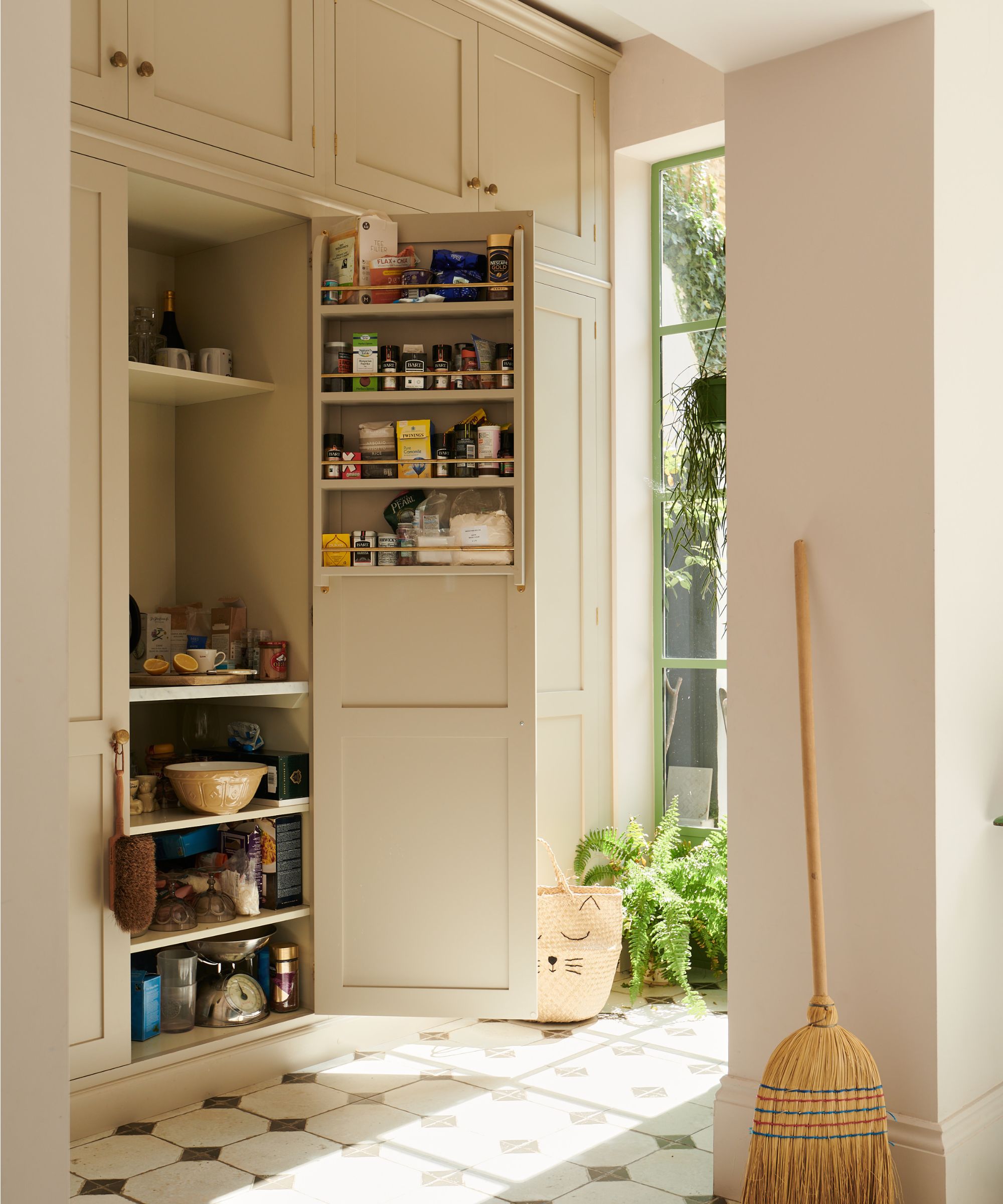
When we talk about creating ‘waste’ in home organizing, we are often looking at excess food that we purchased to make a cabinet look full or save money in the short term but won’t manage to consume before it expires or the excess home organizers (usually made of hard plastics) that we likely could have gotten away without, but bought anyway because we saw it online.
This is how I avoid creating excess waste when restocking a pantry and even organizing a fridge while keeping the space ‘aesthetically pleasing’ and practical at the same time.
1. Use glass and metal containers over plastic
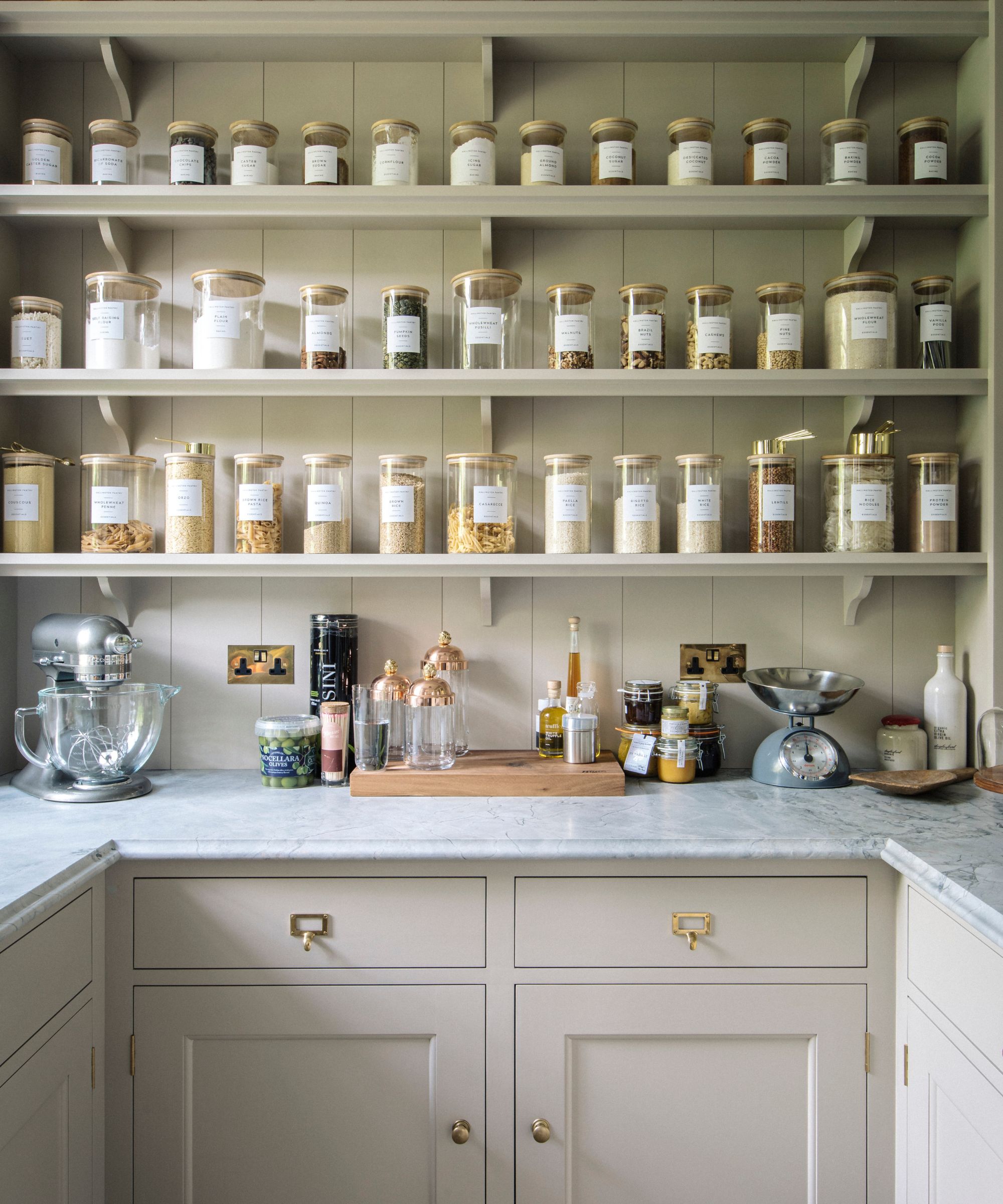
Plastic home storage containers are some of the most readily accessible and most commonly used organizers, but they are not always the best for your space or your food, and they create a significant amount of waste when you decide they no longer work for you.
Design expertise in your inbox – from inspiring decorating ideas and beautiful celebrity homes to practical gardening advice and shopping round-ups.
As an alternative, I try to use glass and metal containers in my kitchen to decant food goods that would fall victim to my kitchen’s moisture problem (usually anything in paper or cardboard packaging), and leave everything else in their original packets and put them behind closed doors to keep my kitchen neat. I then have a few plastic bins to keep these loose packets from falling all over my shelving.
I learned that it is about working out the time and place for the best kitchen organizers rather than buying them because you see them everywhere online.
2. Use mesh bags for fresh produce – not plastic bins
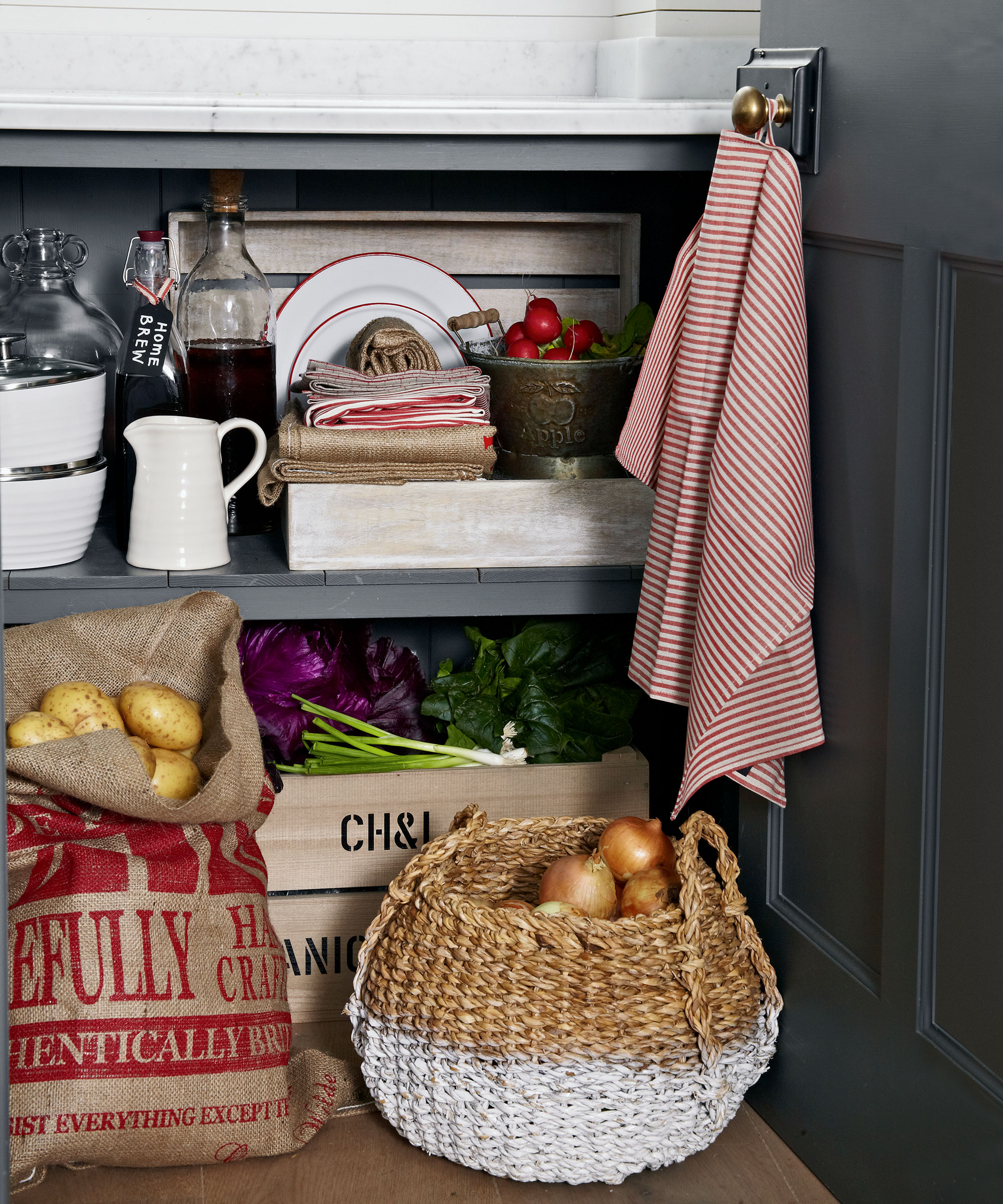
In many influencer videos and images online, fresh products are washed and stowed away into sealed plastic bins and stacked in the cabinet or refrigerator. However, I learned through trial and error that this is one of the worst ways to store food if you want it to last longer than a day or two.
More often than not, fresh produce such as fruits and vegetables need to be able to breathe to prevent them from rotting prematurely – this is why they come in plastic bags with holes in them. Sealing them up causes garlic, potatoes, and onions to sprout and soft fruits to become mushy. Using washable mesh storage bags is a far better food storage trick to extend the life of your groceries – not only does it help your produce last longer while keeping them neat and contained, but it can help you cut back on plastic reliance if you pick up loose produce from your local grocery store or farmers market.
Reusable Mesh Produce Bags | View at Walmart
These washable mesh bags are ideal for storing loose produce without them turning bad prematurely. Spare bags can be repurposed to help do laundry and protect delicate items, too.
3. Reuse washable containers for food storage
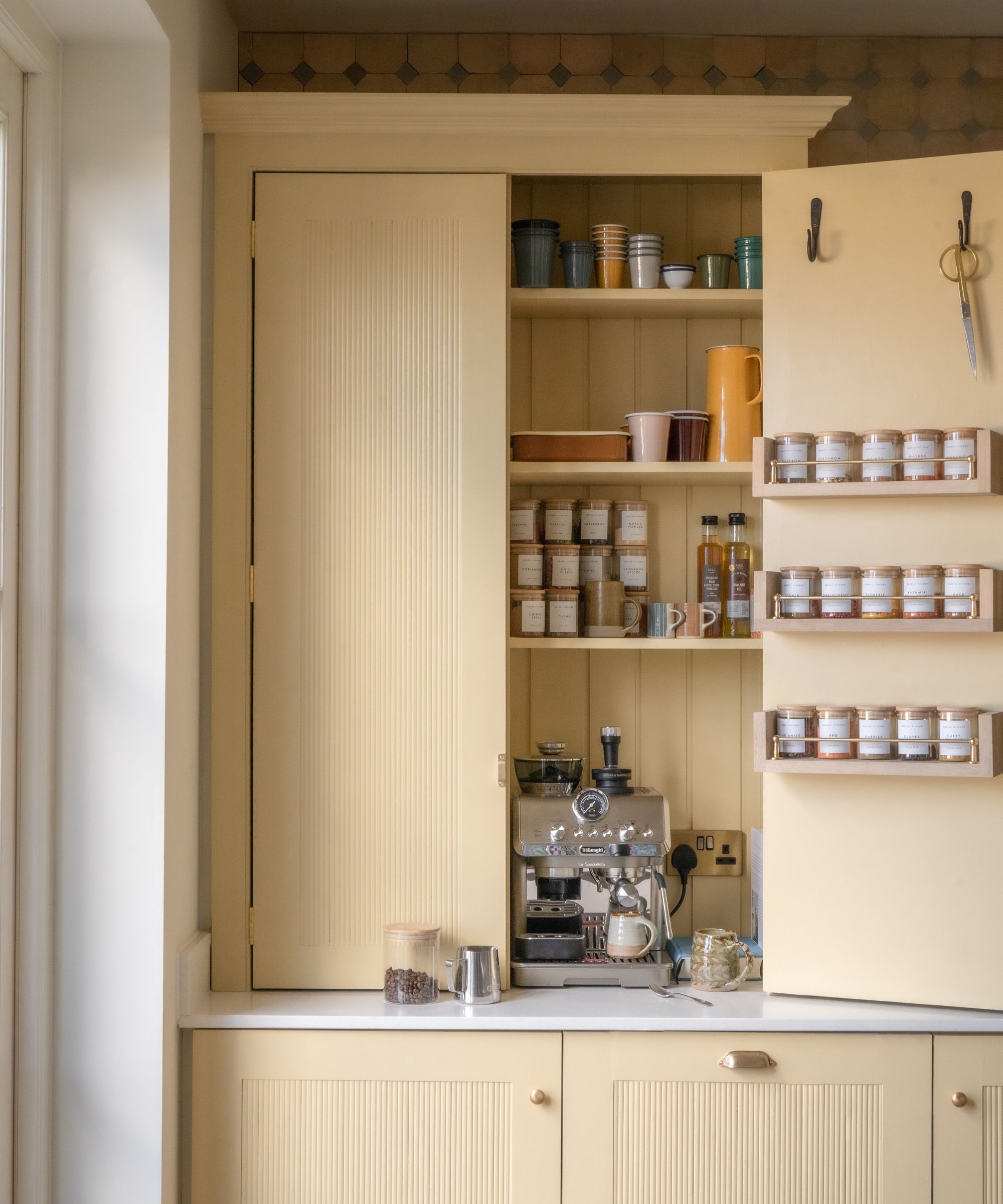
If, like me, you want to start organizing your home without spending any money, then reusing washable food containers from your grocery shop is a great way to keep your pantry organized without creating additional waste.
Many food items come in sturdy jars (such as coffee) that can be washed out and used to store something else that comes in less robust packaging or needs an airtight container to stay fresh. Not every organizer needs to be a professional item designed and marketed specifically to organize your kitchen.
4. Don’t decant everything
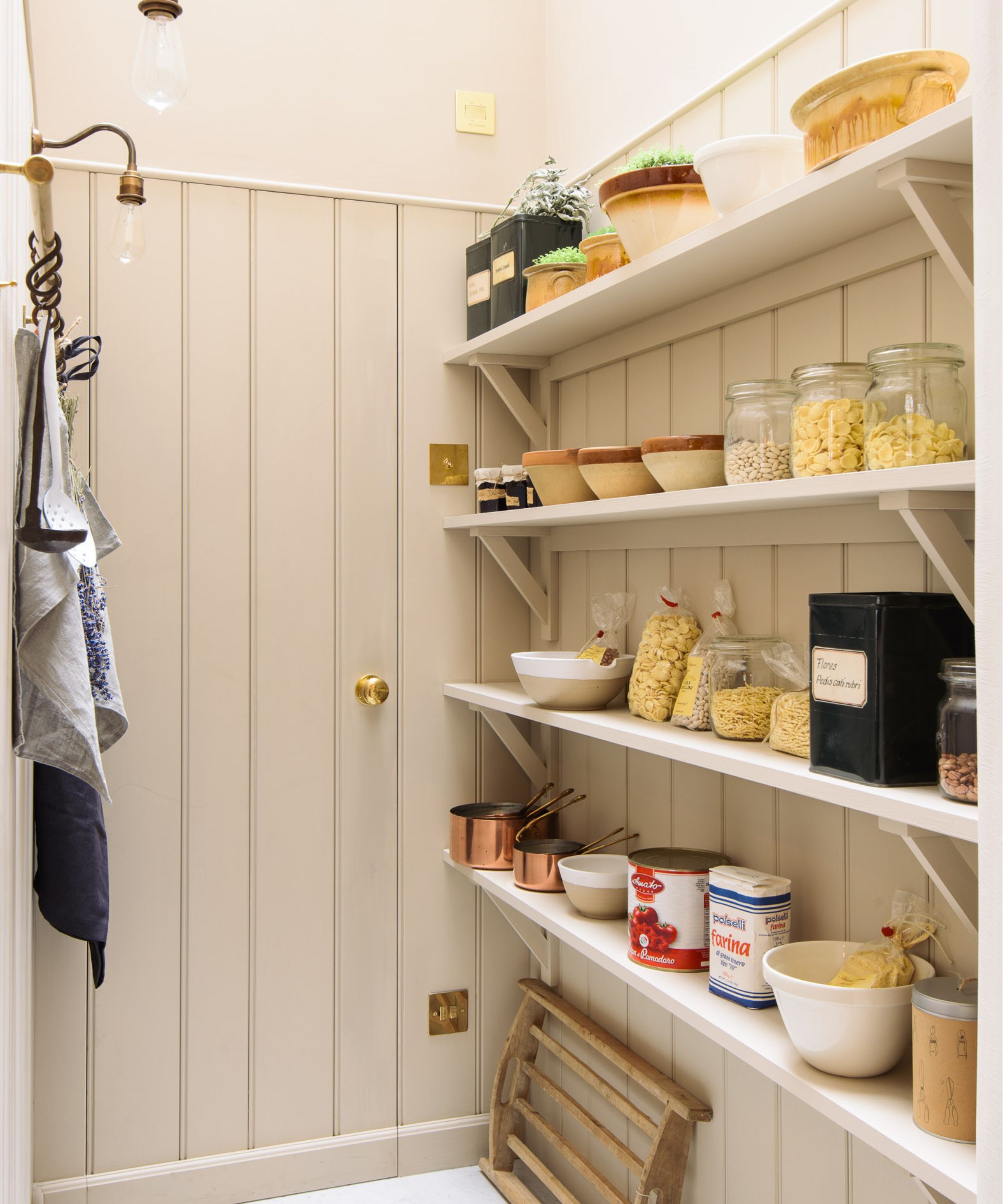
I learned this the hard way – you don't need to decant everything!
Viral pantry restocking videos leave no food or packet untouched. Everything is reassigned to a new home in a bin or jar. However, more often than not, the food items you buy at the store are in packaging designed to keep that food safe and dry. They wouldn't be packaged up for sale like that if it was not. As such, they can stay in these containers if they work for you or if you are organizing a small pantry and don't have the space to stack up bins and waste shelves on bulky jars.
Not decanting everything also helps you to save time when unpacking your weekly shop, helping you to get through your to-do list without feeling burnt out at the end of it.
5. Don’t buy decanting ‘tools’
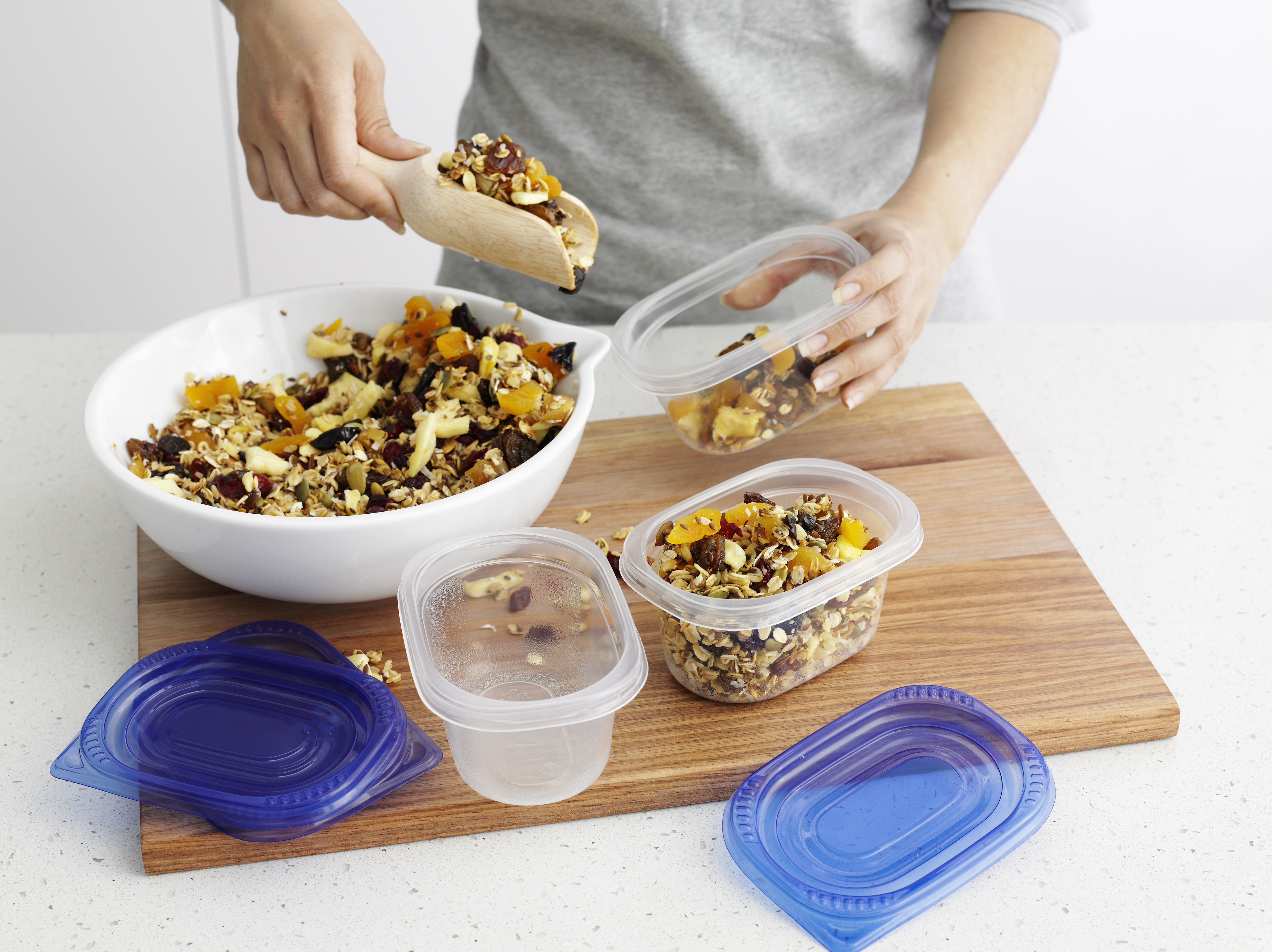
When decluttering a kitchen one of the main categories professional organizers tell you to clear out are single-use tools and appliances you purchased on a whim and barely touched. ‘Tools’ you use to help ‘restock’ a pantry are very common among them.
Items such as tongs and mini scoops are often bought to match the aesthetic of viral restocking videos. Still, they are, more often than not, utterly pointless and take up valuable space in your kitchen storage, not to mention waste your money.
The bottom line

Aesthetically restocking a kitchen to make a pantry look expensive is certainly a great way to make your kitchen visually appealing, but the process we see online is often not a direct representation of what is realistic for those of us who don’t film visual organization content for a living.
While this process can be soothing, and the videos a satisfying way to switch off for a while, the practice often promotes the mass consumption of home organizers and bulk buying food – leading to both plastic waste and food waste if the items are improperly stored or are not used up in time.
All in all, if you love this method of organizing your pantry and you do not feel pressured to meet a certain standard or spend beyond your means to achieve it, then it can be cathartic, but for the majority of us, restocking a whole dedicate ice drawer or preparing a guest bathroom drawer with hundreds of excess toiletries, is not a realistic life goal.
FAQs
Can I cut plastic out of my grocery shop?
If you are looking to cut plastic out of your grocery shop, consider shopping at zero-waste stores or farmers' markets to pick out fresh produce and measure out the grains and dried foods you need, rather than buying them pre-packaged from the store. Using washable mesh bags and glass jars can help to cut back on plastic even further.
What are the best alternatives to plastic containers?
The best alternative to plastic containers is glass. Glass is not only easier to maintain and clean (and doesn't leach chemicals or plastic into your stored food) but is also recyclable, so it can have another life if you decide to get rid of it without it going to damage the environment.
The satisfying restocking videos we scroll through can be a great way to get motivated to declutter and organize. Still, it is important to separate the aesthetics from the practicality when using the techniques in your own home. Consider what it is you like about the satisfying decanting clips. If you like the uniform look, consider which food items in your space realistically could work in uniform jars (like your flours, or grains). If you only find the sounds and visuals of the video satisfying, this form of organization might not be for you.
The bottom line is that organizing trends and motivating videos are brilliant inspirations for your home, but they should rarely be followed to the letter.
Cover image: Ivymore Living Large Glass Storage Jars

Chiana has been at Homes & Gardens for two years and is our resident 'queen' of non-toxic living. She spends most of her time producing content for the Solved section of the website, helping readers get the most out of their homes through clever decluttering, cleaning, and tidying tips. She was named one of Fixr's top home improvement journalists in 2024.
